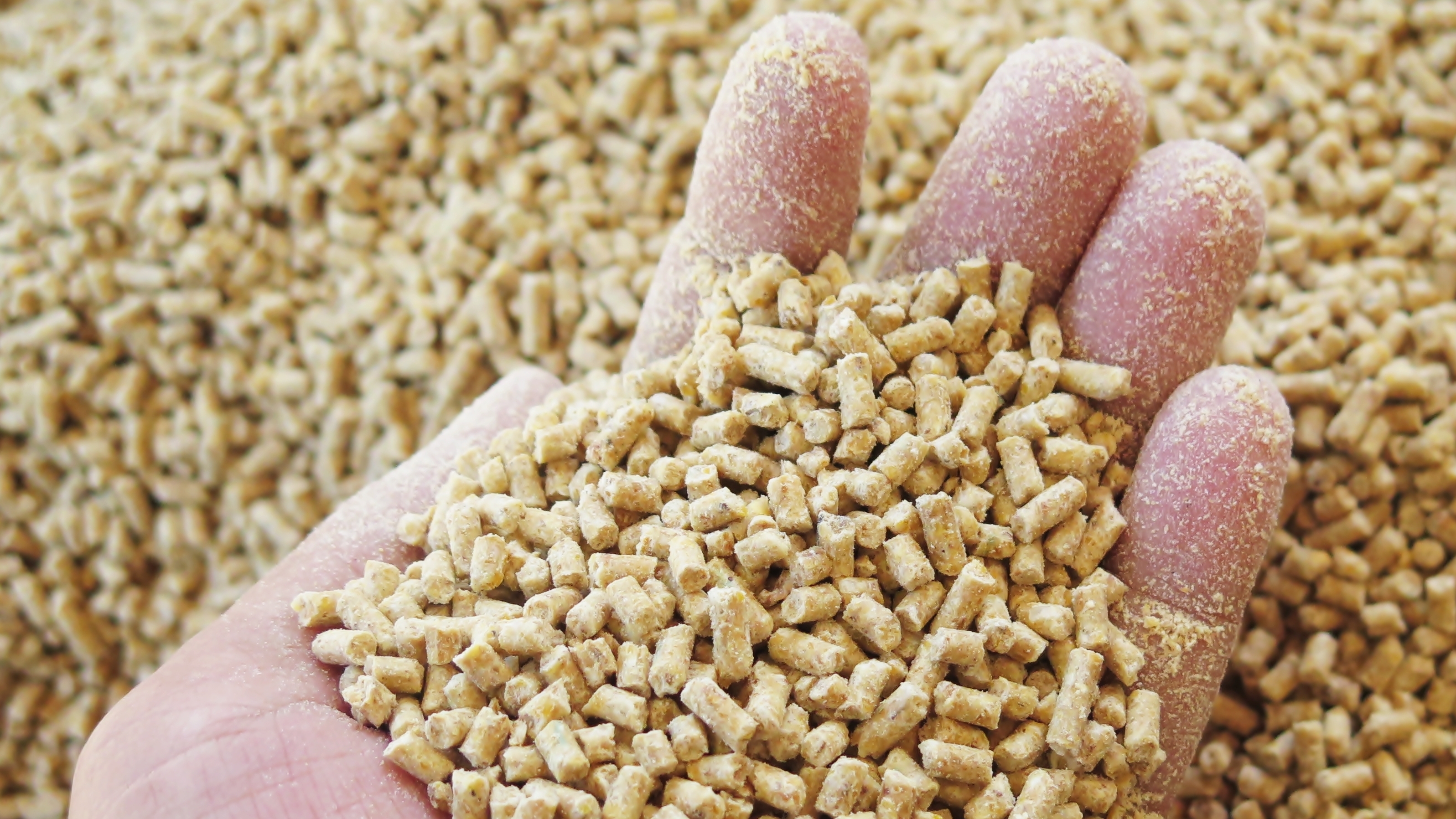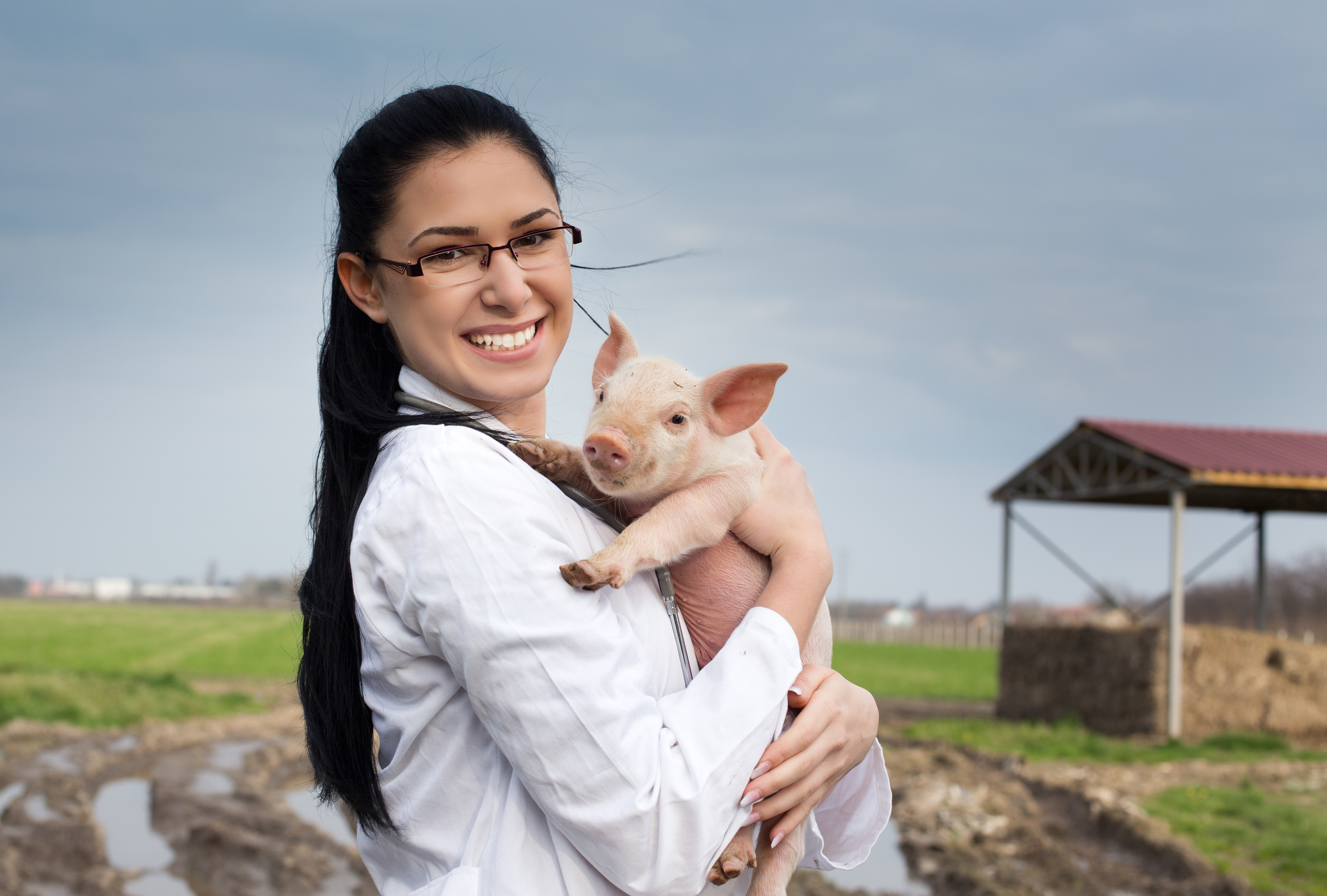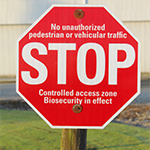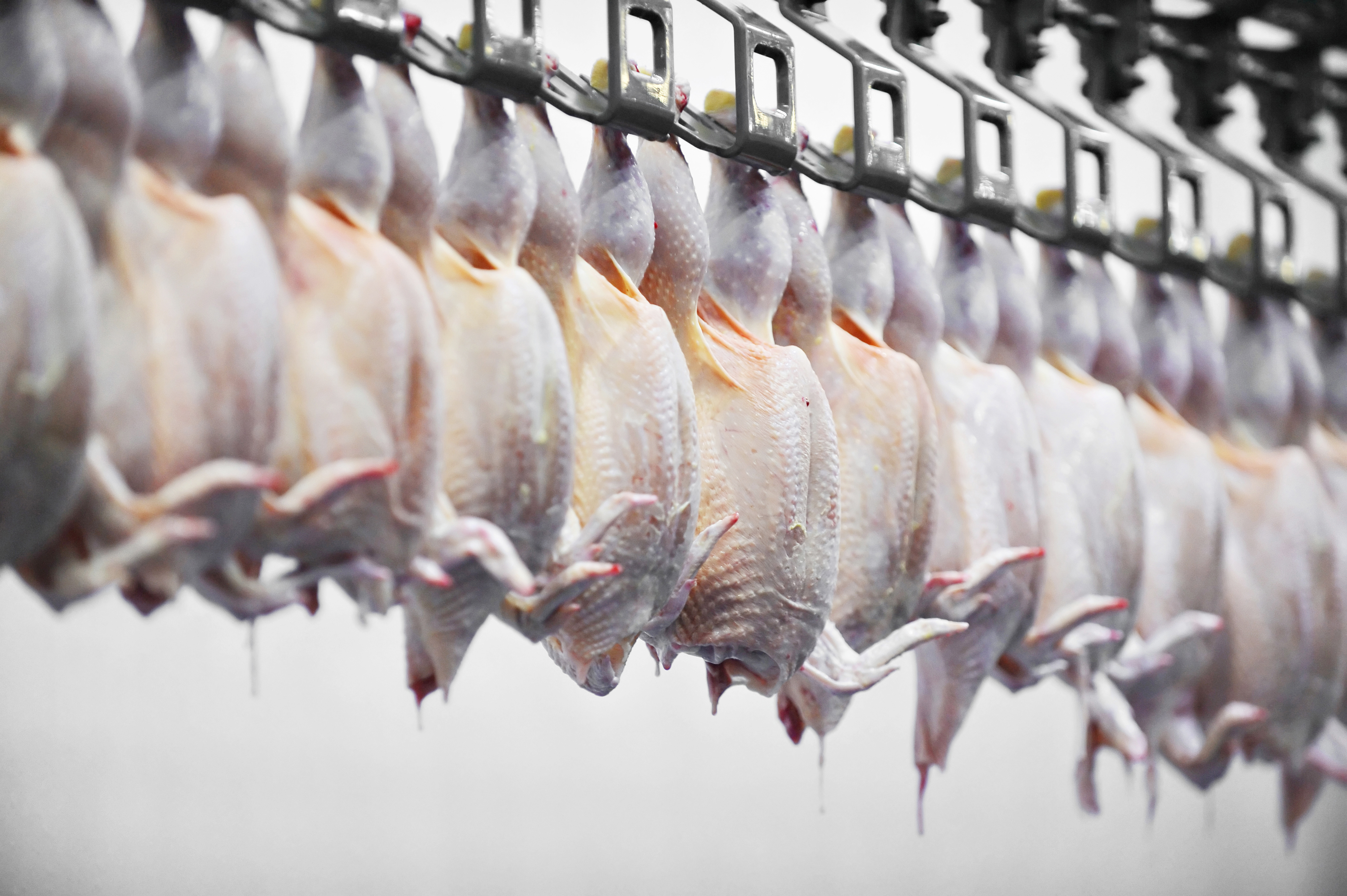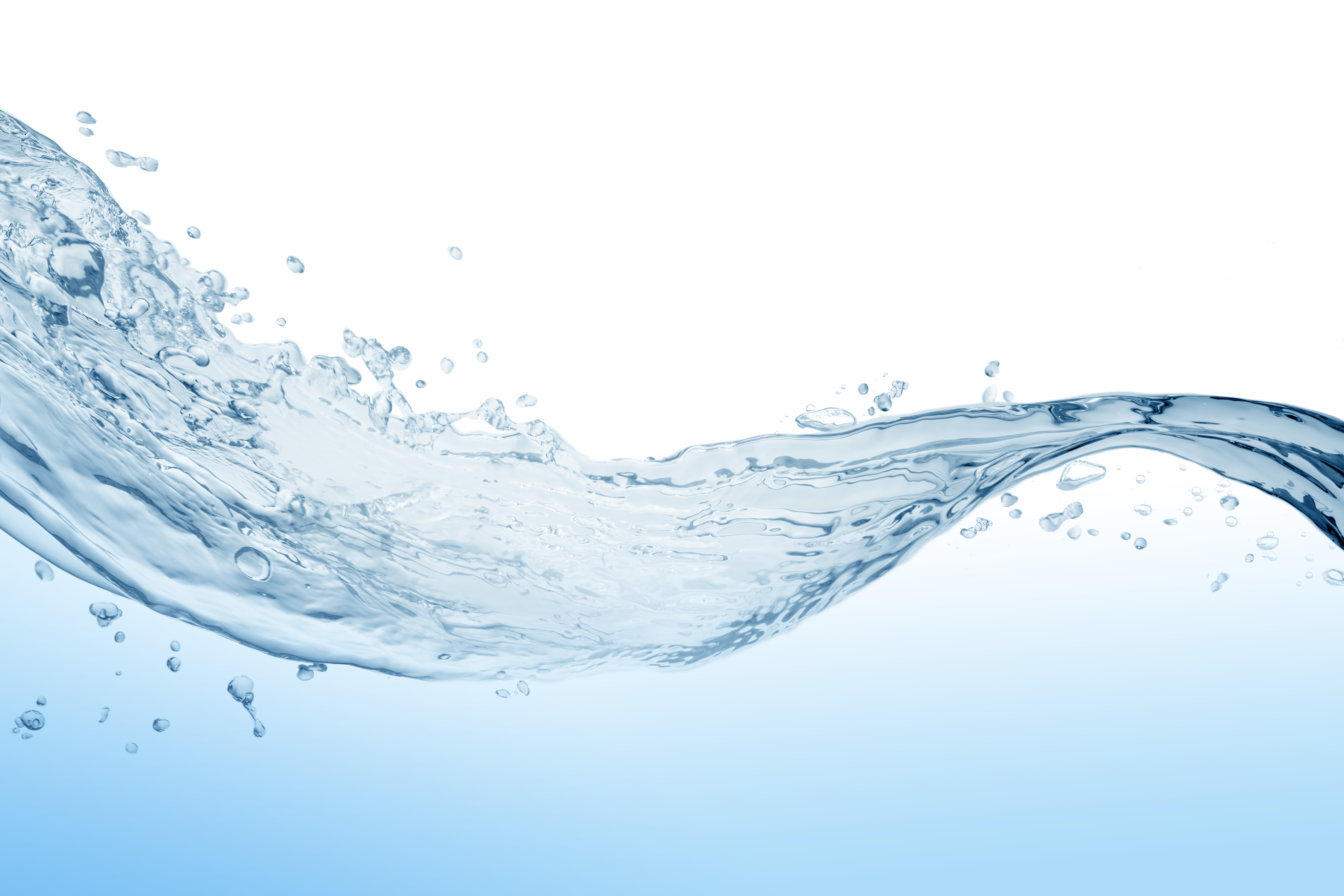 Don't Let Unclean Water Rob Livestock Performance
Don't Let Unclean Water Rob Livestock Performance
When it comes to the performance of a production herd or flock, the source, quantity, quality and composition of water can have a major impact on how animals perform. Not only should water be available in sufficient quantities, but it should have the right balance in pH and minerals and other components in order to maximize digestive function, gut health and overall animal performance.


